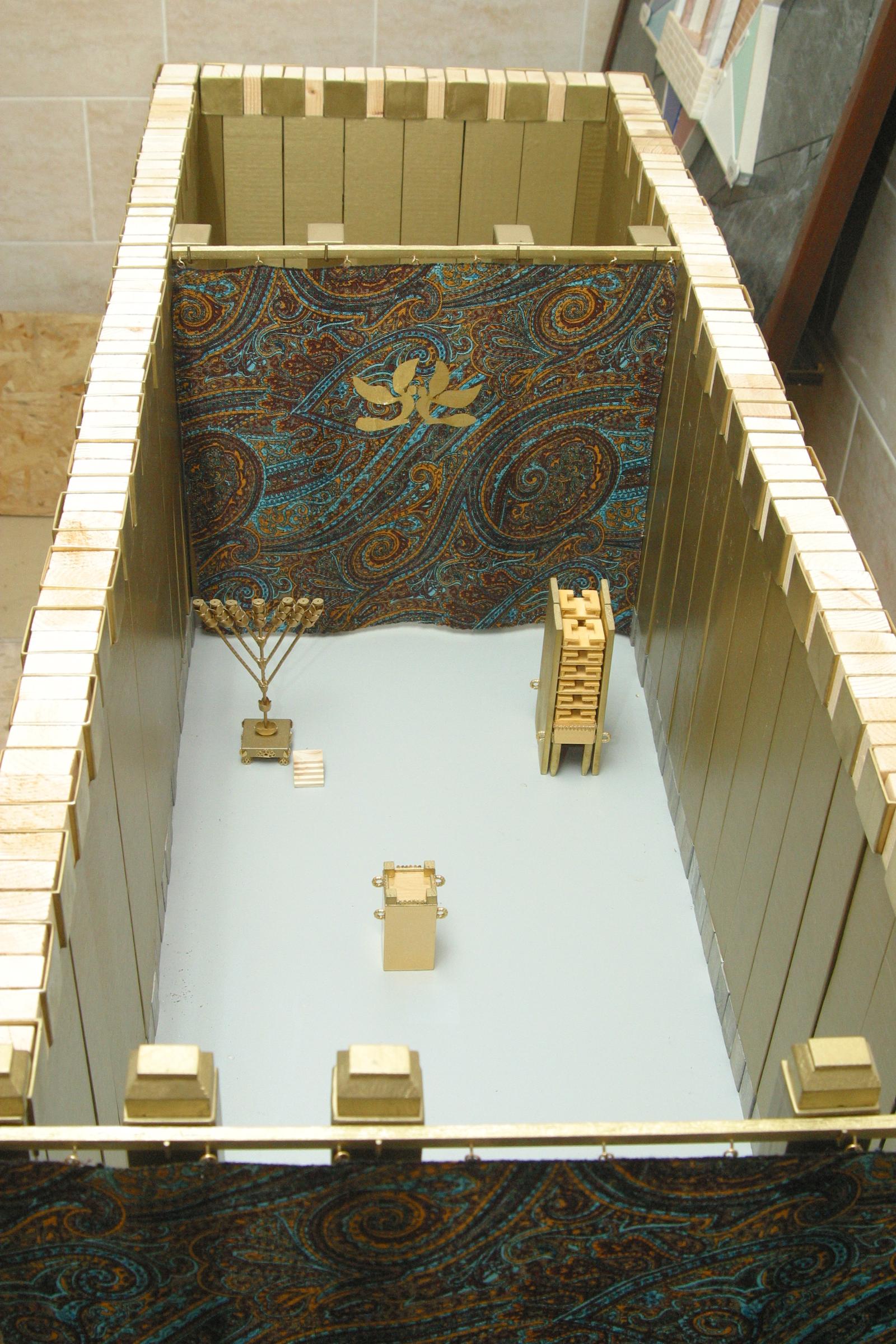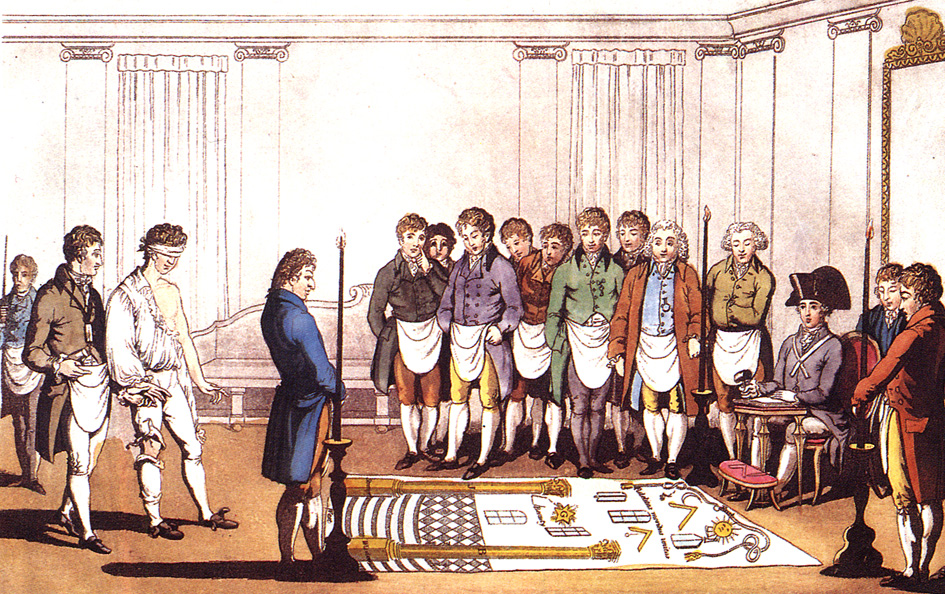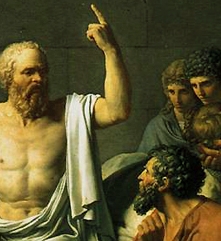|
Builders Of The Adytum
The Builders of the Adytum (BOTA, also spelled B.O.T.A., BotA, or B.o.t.A.) is a school of the Western mystery tradition based in Los Angeles which is registered as a non-profit tax-exempt religious organization. It was founded by Paul Foster Case and has its roots in both the Hermetic Order of the Golden DawnBarrett, David V"Builders of the Adytum"in Clarke, Peter Bernard (ed.). ''Encyclopedia of New Religious Movements''. Psychology Press, 2006. and the Masonic blue lodge system.Hulse: Western Mysteries;p.148 It was later extended by Ann Davies. The B.O.T.A. teaches by correspondence, covering esoteric psychology, occult tarot, Hermetic Qabalah, astrology, and meditation techniques. It also holds a variety of ritual services and study groups, some open to the public. Worldwide membership is around 5,000. Origins of the name is Latin for "Inner Shrine" or "Holy of Holies" and "Builders" refers to the emulation of the Carpenter from Nazareth, Jesus, whom some members o ... [...More Info...] [...Related Items...] OR: [Wikipedia] [Google] [Baidu] |
Holy Of Holies
The Holy of Holies ( or ''Kodesh HaKodashim''; also ''hadDəḇīr'', 'the Sanctuary') is a term in the Hebrew Bible that refers to the inner sanctuary of the Tabernacle, where the Shekhinah (God in Judaism, God's presence) appeared. According to Hebrew tradition, the area was defined by four pillars that held up the veil of the covering, under which the Ark of the Covenant was held above the floor. According to the Hebrew Bible, the Ark contained the Ten Commandments, which were given by God to Moses on Mount Sinai (Bible), Mount Sinai. The first Temple in Jerusalem, called Solomon's Temple, was said to have been built by Solomon, King Solomon to keep the Ark. Ancient Judaism, Jewish traditions viewed the Holy of Holies as the spiritual junction of Heaven and Earth, the "axis mundi". As a part of the Jewish Temple in Jerusalem, the Holy of Holies was situated somewhere on Temple Mount; its precise location in the Mount being a matter of dispute, with some classical Jewish sour ... [...More Info...] [...Related Items...] OR: [Wikipedia] [Google] [Baidu] |
Magical Organization
A magical organization or magical order is an organization or secret society created for the practice of initiation into ceremonial or other forms of occult magic or to further the knowledge of magic among its members. Magical organizations can include Hermetic orders, esoteric societies, arcane colleges, and other groups which may use different terminology and similar though diverse practices. 18th century The Order of the Golden and Rosy Cross () was a German Rosicrucian organization founded in the 1750s by Freemason and alchemist Hermann Fictuld. Candidates were expected to be Master Masons in good standing. Alchemy was to be a central study for members. The Order of Knight-Masons Elect Priests of the Universe () or simply Élus Coëns (Hebrew for "Elect Priests"), was a theurgical organization founded by Martinez de Pasqually in 1767. It spread in France in the latter part of the 18th century and is the first branch of the Martinist tradition. 19th century So ... [...More Info...] [...Related Items...] OR: [Wikipedia] [Google] [Baidu] |
Secrecy
Secrecy is the practice of hiding information from certain individuals or groups who do not have the "need to know", perhaps while sharing it with other individuals. That which is kept hidden is known as the secret. Secrecy is often controversial, depending on the content or nature of the secret, the group or people keeping the secret, and the motivation for secrecy. Secrecy by government entities is often decried as excessive or in promotion of poor operation; excessive revelation of information on individuals can conflict with virtues of privacy and confidentiality. It is often contrasted with social transparency. Secrecy can exist in a number of different ways: encoding or encryption (where mathematical and technical strategies are used to hide messages), true secrecy (where restrictions are put upon those who take part of the message, such as through government security classification) and obfuscation, where secrets are hidden in plain sight behind complex idiosyncrat ... [...More Info...] [...Related Items...] OR: [Wikipedia] [Google] [Baidu] |
Oath
Traditionally, an oath (from Old English, Anglo-Saxon ', also a plight) is a utterance, statement of fact or a promise taken by a Sacred, sacrality as a sign of Truth, verity. A common legal substitute for those who object to making sacred oaths is to give an Affirmation (law), affirmation instead. Nowadays, even when there is no notion of sanctity involved, certain promises said out loud in ceremonial or juridical purpose are referred to as oaths. "To :wikt:swear, swear" is a verb used to describe the taking of an oath; to make a solemn vow. Etymology The word comes from Old English, Anglo-Saxon ': "judicial swearing, solemn appeal to deity in witness of truth or a promise"; from Proto-Germanic language, Proto-Germanic '':wikt:Reconstruction:Proto-Germanic/aiþaz, *aiþaz''; from Proto-Indo-European ''*oi-to-'': "an oath". Common to Celtic and Germanic, possibly a loan-word from one to the other, but the history is obscure and it may be non-Indo-European, in reference to careles ... [...More Info...] [...Related Items...] OR: [Wikipedia] [Google] [Baidu] |
Pronaos
A portico is a porch leading to the entrance of a building, or extended as a colonnade, with a roof structure over a walkway, supported by columns or enclosed by walls. This idea was widely used in ancient Greece and has influenced many cultures, including most Western cultures. Porticos are sometimes topped with pediments. Palladio was a pioneer of using temple-fronts for secular buildings. In the UK, the temple-front applied to The Vyne, Hampshire, was the first portico applied to an English country house. A pronaos ( or ) is the inner area of the portico of a Greek or Roman temple, situated between the portico's colonnade or walls and the entrance to the ''cella'', or shrine. Roman temples commonly had an open pronaos, usually with only columns and no walls, and the pronaos could be as long as the ''cella''. The word ''pronaos'' () is Greek for "before a temple". In Latin, a pronaos is also referred to as an ''anticum'' or ''prodomus''. The pronaos of a Greek and Roman ... [...More Info...] [...Related Items...] OR: [Wikipedia] [Google] [Baidu] |
Initiation
Initiation is a rite of passage marking entrance or acceptance into a group or society. It could also be a formal admission to adulthood in a community or one of its formal components. In an extended sense, it can also signify a transformation in which the initiate is 'reborn' into a new role. Examples of initiation ceremonies might include Christian baptism or confirmation, Jewish bar or bat mitzvah, acceptance into a fraternal organization, secret society or religious order, or graduation from school or recruit training. A person taking the initiation ceremony in traditional rites, such as those depicted in these pictures, is called an ''initiate''. Characteristics William Ian Miller notes the role of ritual humiliation in comic ordering and testing. Mircea Eliade discussed initiation as a principal religious act by classical or traditional societies. He defined initiation as "a basic change in existential condition", which liberates man from profane time and histor ... [...More Info...] [...Related Items...] OR: [Wikipedia] [Google] [Baidu] |
Divine Illumination
According to divine illumination, the process of human thought needs to be aided by divine grace. It is the oldest and most influential alternative to naturalism in the theory of mind and epistemology.. It was an important feature of ancient Greek philosophy, Neoplatonism, medieval philosophy, and the Illuminationist school of Islamic philosophy. Catholic Church Plato quotes Socrates in '' The Apology'' as saying that he had a divine or spiritual sign that began when he was a child. It was a voice that turned him away from something he was about to do, although it never encouraged him to do anything. Apuleius later suggested the voice was of a friendly demon and that Socrates deserved this help as he was the most perfect of human beings. The early Christian philosopher Augustine (354–430) also emphasised the role of divine illumination in our thought, saying that "The mind needs to be enlightened by light from outside itself, so that it can participate in truth, because i ... [...More Info...] [...Related Items...] OR: [Wikipedia] [Google] [Baidu] |
Higher Consciousness
Higher consciousness (also called expanded consciousness) is a term that has been used in various ways to label particular states of consciousness or personal development. It may be used to describe a state of liberation from the limitations of self-concept or ego, as well as a state of mystical experience in which the perceived separation between the isolated self and the world or God is transcended. It may also refer to a state of increased alertness or awakening to a new perspective. While the concept has ancient roots, practices, and techniques, it has been significantly developed as a central notion in contemporary popular spirituality, including the New Age movement. Philosophy Fichte Johann Gottlieb Fichte (1762–1814) was one of the founding figures of German idealism, which developed from the theoretical and ethical writings of Immanuel Kant. His philosophy forms a bridge between the ideas of Kant and those of the German idealist Georg Wilhelm Friedrich Hegel. Ficht ... [...More Info...] [...Related Items...] OR: [Wikipedia] [Google] [Baidu] |
Christianity
Christianity is an Abrahamic monotheistic religion, which states that Jesus in Christianity, Jesus is the Son of God (Christianity), Son of God and Resurrection of Jesus, rose from the dead after his Crucifixion of Jesus, crucifixion, whose coming as the Messiah#Christianity, messiah (Christ (title), Christ) was Old Testament messianic prophecies quoted in the New Testament, prophesied in the Old Testament and chronicled in the New Testament. It is the Major religious groups, world's largest and most widespread religion with over 2.3 billion followers, comprising around 28.8% of the world population. Its adherents, known as Christians, are estimated to make up a majority of the population in Christianity by country, 157 countries and territories. Christianity remains Christian culture, culturally diverse in its Western Christianity, Western and Eastern Christianity, Eastern branches, and doctrinally diverse concerning Justification (theology), justification and the natur ... [...More Info...] [...Related Items...] OR: [Wikipedia] [Google] [Baidu] |
Judaism
Judaism () is an Abrahamic religions, Abrahamic, Monotheism, monotheistic, ethnic religion that comprises the collective spiritual, cultural, and legal traditions of the Jews, Jewish people. Religious Jews regard Judaism as their means of observing the Mosaic covenant, which they believe was established between God in Judaism, God and the Jewish people. The religion is considered one of the earliest monotheistic religions. Jewish religious doctrine encompasses a wide body of texts, practices, theological positions, and forms of organization. Among Judaism's core texts is the Torah—the first five books of the Hebrew Bible—and a collection of ancient Hebrew scriptures. The Tanakh, known in English as the Hebrew Bible, has the same books as Protestant Christianity's Old Testament, with some differences in order and content. In addition to the original written scripture, the supplemental Oral Torah is represented by later texts, such as the Midrash and the Talmud. The Hebrew ... [...More Info...] [...Related Items...] OR: [Wikipedia] [Google] [Baidu] |
Qabalah
Hermetic Qabalah () is a Western esotericism, Western esoteric tradition involving mysticism and the occult. It is the underlying philosophy and framework for magical societies such as the Hermetic Order of the Golden Dawn, has inspired esoteric Christian organizations such as the Societas Rosicruciana in Anglia, is a key element within the Thelemic orders, and is important to mystical-religious societies such as the Builders of the Adytum and the Fellowship of the Rosy Cross. Hermetic Qabalah arose from Christian Kabbalah, Christian Cabala, which itself was derived from Jewish Kabbalah, during the European Renaissance, becoming variously Esoteric Christianity, Esoteric Christian, non-Christian, or anti-Christian across its different schools in the modern era. It draws on a great many influences, most notably: Kabbalah, Jewish Kabbalah, Western astrology, Alchemy, Paganism, Pagan religions, especially Egyptian and Greco-Roman, Neoplatonism, Hermeticism, and the symbolism of th ... [...More Info...] [...Related Items...] OR: [Wikipedia] [Google] [Baidu] |







